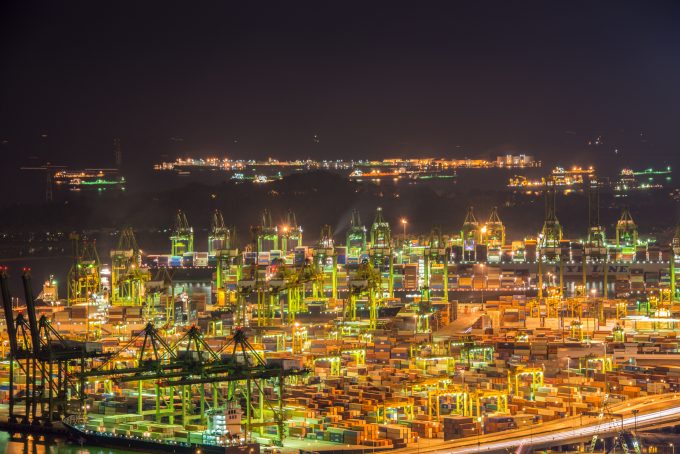Hans Hickler appointed Seko Logistics president of Americas region
US 3PL Seko Logistics has appointed industry veteran Hans Hickler (above) as its new president ...

Supply chain disruption through the pandemic and war in Ukraine have cost the ten Association of Southeast Asian Nations (ASEAN) economies an estimated $17bn a year, according to the latest research.
Formed in the late 1960s, ASEAN’s aims include promoting economic development and cooperation between what were emerging economies and are today said to be among the fastest-growing in the world.
Research carried by the Economic Research Institute, established to mirror the OECD, found ASEAN’s larger economies, including Singapore, Thailand and Malaysia, ...
Outlook for container shipping 'more uncertain now than at the onset of Covid'
Teamsters union vows UPS will be 'in for a hell of a fight' over jobs cull
Shippers warned: don't under-value US exports to avoid tariffs – 'CBP will catch you'
Cancelled voyages take the sting out of spot rate declines this week
New Houthi warning to shipping as rebel group targets specific companies
K+N CEO unveils impact of US import tariffs on China-origin goods
Blanked sailings in response to falling demand 'just a stop-gap solution'
More pressure on transpacific rates as carriers bet on a China-US trade deal
CMA CGM to reflag box ship as the French carrier eyes growing Indian market
Boeing looks to resell up to 50 aircraft rejected by Chinese buyers
'Strong start' to 2025, despite market uncertainty, says Kuehne + Nagel
US Customs chaos means 'more downside risk than upside potential' for air cargo
Taiwan ministries act to mitigate effect of trade war on agriculture exports
Wan Hai joins box shipping 'arms race', but avoids Chinese yards for newbuilds
MOL signs up with Climeworks for direct air carbon capture and storage


Comment on this article